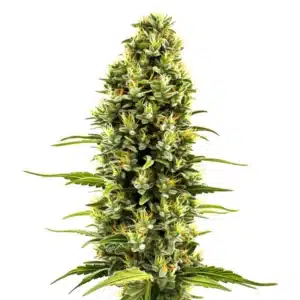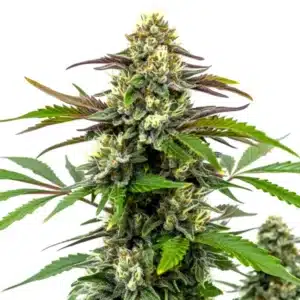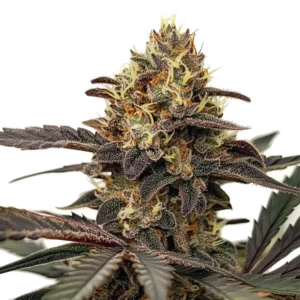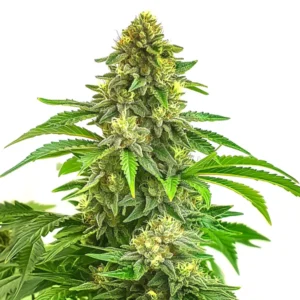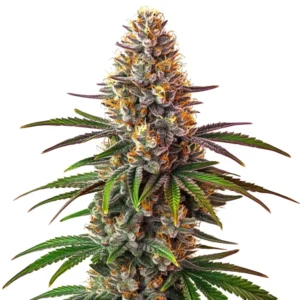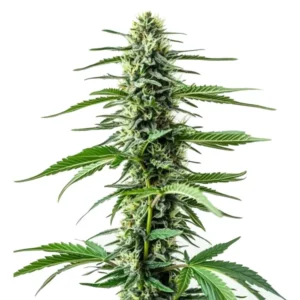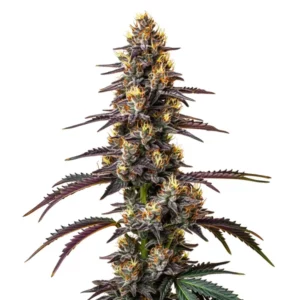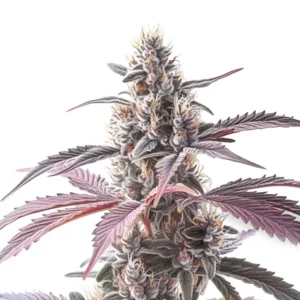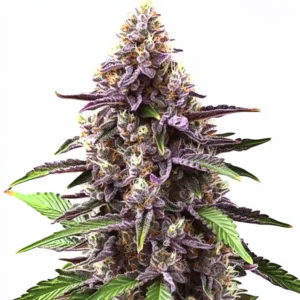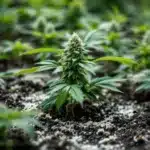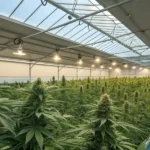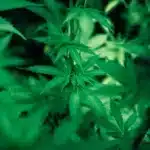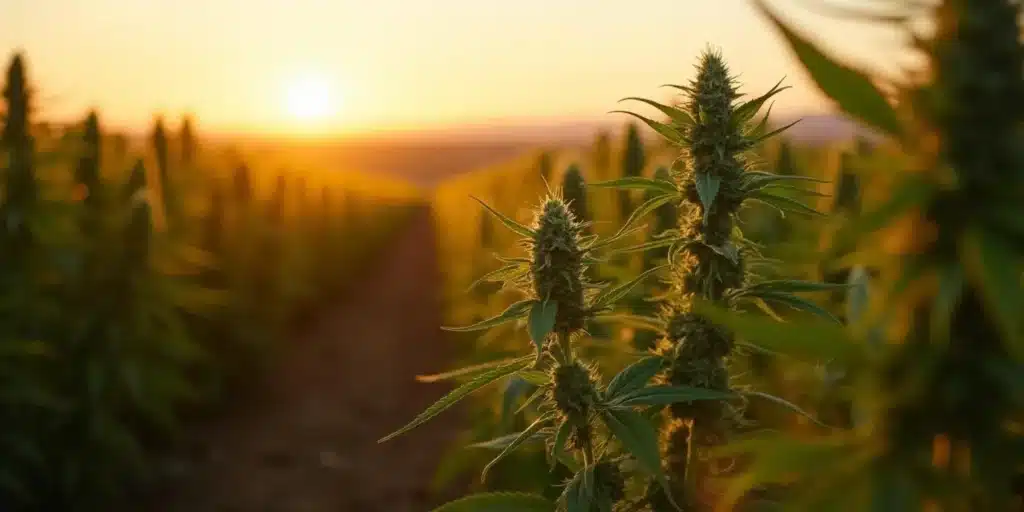
Dry Farming Cannabis: A Sustainable Approach to Cannabis Cultivation
Basics of Dry Farming Techniques for Cannabis
What is Dry Farming?
Dry farming is an agricultural technique that relies on the natural moisture in the soil to cultivate crops, without the need for irrigation. This traditional method of farming is used in regions with limited water resources or areas that are prone to drought. When applied to cannabis cultivation, dry farming can lead to the production of high-quality, potent and flavorful cannabis crops.
Application of Dry Farming in Cannabis Cultivation
To successfully dry farm cannabis, it is essential to prepare the soil correctly. This involves deep plowing of the field to break up hardpan and allow the roots to grow deep into the ground where there is more moisture. The cannabis plants are then spaced far apart to minimize competition for water and nutrients. The specific cannabis strains used should be resistant to drought, such as the Mamba Negra or the Orka strains available on blimburnseeds.com.
Recommended Strains
Birthday Cake
|
|
THC | 24% - 27% (High) |
|
|
Type | Feminized |
|
|
Yield | High |
|
|
Phenotype | 60% Indica / 40% Sativa |
Bubble Gum Sherb
|
|
THC | 30% - 32% (High) |
|
|
Type | Feminized |
|
|
Yield | High |
|
|
Phenotype | 70% Indica / 30% Sativa |
Promos & Deals
Benefits and Challenges of Dry Farming Cannabis
Advantages of Dry Farming Cannabis
The benefits of dry farming cannabis are numerous and can contribute significantly to the sustainability of cannabis cultivation. For one, it conserves water resources, making it an eco-friendly option. Additionally, the stress induced by water scarcity can lead to the production of cannabis with higher concentrations of cannabinoids, resulting in a more potent product. Furthermore, the natural cultivation method enhances the flavor profile of the cannabis, making dry farmed cannabis highly valued in the market.
Obstacles in Dry Farming Cannabis
While dry farming cannabis offers numerous benefits, it also presents a unique set of challenges. Since this method relies heavily on natural rainfall, it is susceptible to changes in weather patterns and climate change. Furthermore, dry farming requires deep, rich soils which are not always available. Overcoming these challenges requires careful planning, crop selection, and soil management.
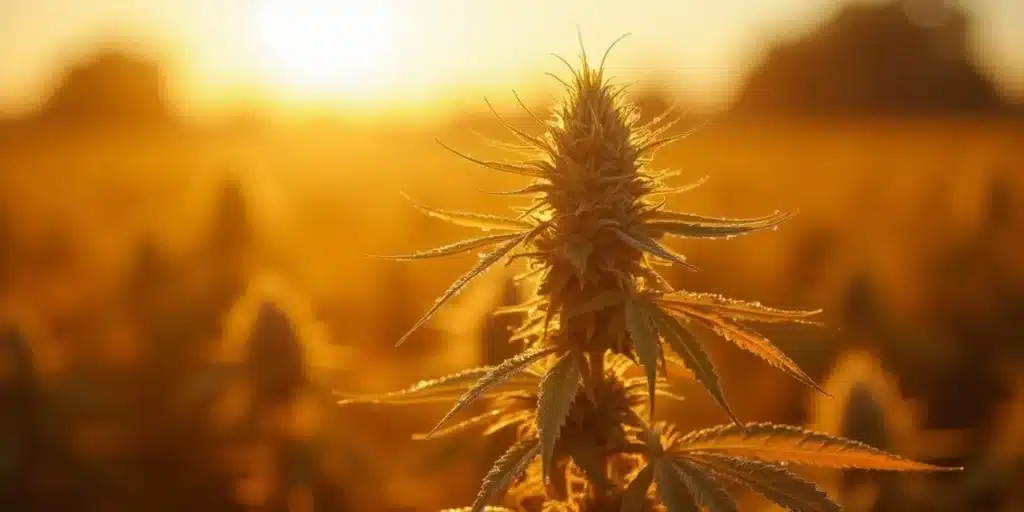
Mastering Dry Farming Cannabis
Essential Steps in the Dry Farming Process for Cannabis
Successful dry farming of cannabis involves a series of key steps. First, the soil must be prepared by deep plowing and adding organic matter to enhance its water-holding capacity. Second, selecting the right cannabis strain resistant to drought is crucial. Blimburn Seeds provides such strains, such as the Wombat strain. Finally, the cannabis plants must be closely monitored throughout the growing season to ensure they are not stressed beyond their tolerance.
Innovations in Dry Farming for Cannabis Cultivation
As the cannabis industry continues to evolve, so do the techniques used in cultivation. Advances in breeding and genetics have led to the development of cannabis strains that are better adapted to dry farming conditions. In addition, new technologies are being developed to help farmers better predict weather patterns and manage their crops accordingly.
The Impact of Dry Farming on Cannabis Quality and Potency
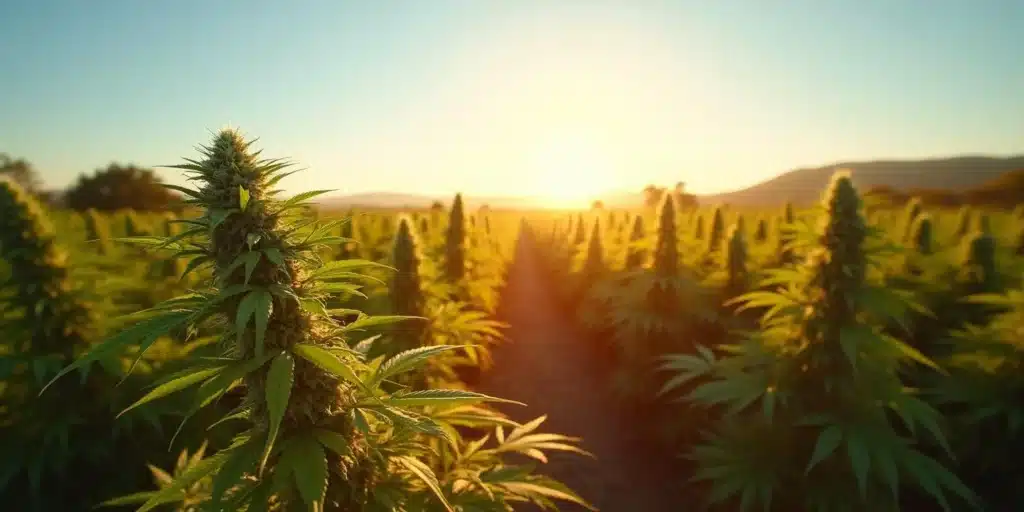
Enhancing the Quality of Your Cannabis Crop through Dry Farming
Dry farming can significantly enhance the quality of your cannabis crop. The stress induced by the lack of water can stimulate the cannabis plant to produce more cannabinoids and terpenes, leading to a more potent and flavorful product. Additionally, the absence of fertilizer and pesticide use contributes to the organic nature of the cannabis, making it safer for consumption.
Dry Farming and Cannabis Yield and Potency
While dry farming can reduce the overall yield of the cannabis crop due to the lack of water, it can significantly boost its potency. The stress from the lack of water can stimulate the cannabis plant to produce more resin, which contains the cannabinoids and terpenes responsible for the plant’s psychoactive and therapeutic effects. As a result, dry farmed cannabis is often more potent than cannabis grown using other methods.
Dry Farming Cannabis for Sustainable Cultivation
Role of Dry Farming in Sustainable Cannabis Production
Dry farming plays a significant role in sustainable cannabis production. By relying on natural rainfall and soil moisture, it conserves water resources, reducing the environmental impact of cannabis cultivation. Furthermore, it encourages the use of natural and organic farming practices, promoting biodiversity and healthy soil ecosystems.
Dry Farming Cannabis in California: A Case Study
California, with its Mediterranean climate, is an ideal location for dry farming cannabis. Many cannabis farmers in the region have adopted this method of cultivation, attracted by its sustainability and the high-quality cannabis it produces. These farmers are setting a precedent for sustainable cannabis cultivation, showing that it is possible to produce high-quality, potent cannabis while conserving water resources and promoting environmental sustainability.
Frequently Asked Questions
What is the main advantage of dry farming cannabis?
The main advantage of dry farming cannabis is its sustainability. It conserves water resources, making it an eco-friendly method of cultivation. Additionally, the stress induced by the lack of water can lead to cannabis plants producing more cannabinoids and terpenes, resulting in a more potent and flavorful product.
Another advantage is that it encourages the use of natural and organic farming practices, reducing the reliance on synthetic fertilizers and pesticides and promoting healthy soil ecosystems.
What challenges are associated with dry farming cannabis?
The main challenge of dry farming cannabis is its dependence on natural rainfall. This makes it susceptible to changes in weather patterns and climate change. Additionally, it requires deep, rich soils which are not always available.
Overcoming these challenges requires careful planning, crop selection, and soil management. It also requires a deep understanding of the local climate and weather patterns.
What strains of cannabis are suitable for dry farming?
Drought-resistant strains are best suited for dry farming. These include the Mamba Negra, the Wombat, and the Orka strains available on blimburnseeds.com. These strains have been bred to withstand water scarcity and can produce high-quality, potent cannabis even under dry farming conditions.
When choosing a strain for dry farming, it is also important to consider the local climate and the specific growing conditions of the farm.
How does dry farming affect the potency of cannabis?
Dry farming can significantly enhance the potency of cannabis. The stress from the lack of water can stimulate the cannabis plant to produce more resin, which contains the cannabinoids and terpenes responsible for the plant’s psychoactive and therapeutic effects. As a result, dry farmed cannabis is often more potent than cannabis grown using other methods.
However, it is important to note that while dry farming can increase the potency of cannabis, it can also reduce the overall yield of the crop due to the lack of water.
Is dry farming cannabis legal?
The legality of growing cannabis, including through dry farming methods, depends on local laws and regulations. In many places where cannabis cultivation is legal, dry farming is also legal and is even encouraged due to its environmental benefits.
However, it is always important to check with local regulations and obtain the necessary permits before starting a cannabis farm. It is also essential to comply with all relevant agricultural and environmental laws to ensure the sustainability of the farm.


